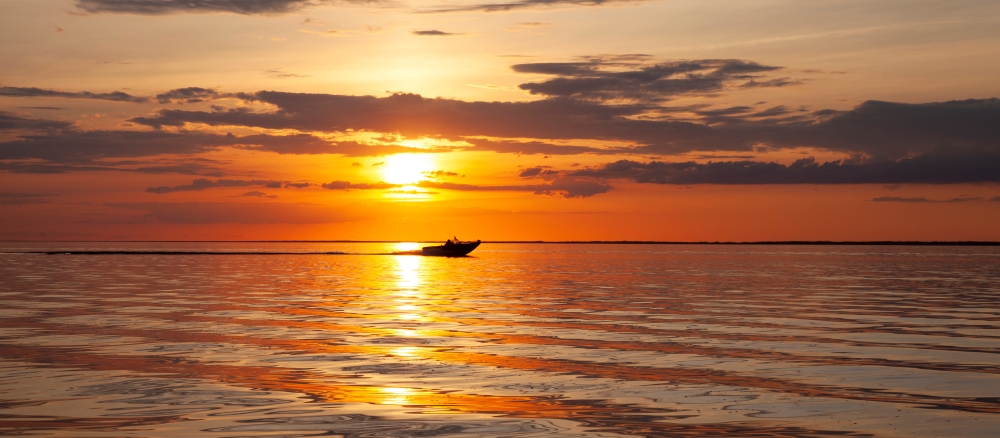The Upper/Lower Red Lake watershed covers 1,263,678 acres. Located in Minnesota’s Northern Wetlands and Northern Lakes and Forest Ecoregions and a portion of the Red River Valley Ecoregion, this watershed is home to Upper and Lower Red Lakes, the two largest bodies of water within the state. The watershed is by both flow volume and surface area the largest drainage basin of the Red River.
Most lands within this watershed are not highly erodible, and are well to moderately well-suited to agricultural uses. Predominate land use/land cover is wetlands (45%), followed by open water (24%), forest (20%), and agriculture (12%). Pasture/hay/grassland makes up 67% of cropland, row crops make up approximately 15% of crop lands, and small grains and grasslands enrolled in the Conservation Reserve Program (CRP) make up the majority of the balance.
While large areas of wetlands exist to the northwest, south and east of the open water of the Red Lakes, there are areas of extensive drainage northeast of Upper Red Lake facilitating agricultural land use. There are 445 farms in the subbasin. About 83 percent of the farms are less than 500 acres in size. Fifty-eight of the farms are between 500 and 1000 acres (13%) and the remainder are larger than 1,000 acres in size. Fifty-two percent of the farm operators are full time producers and do not rely on off-farm income. The main crops grown are small grains, soybeans, and forage crops. Pasture land is used primarily for beef and dairy. Resource concerns include improved drainage for crop production, grazing management of forest and grassland, water/wind erosion and water quality impacts. Additional resource concerns include management of excessive wetness, short growing season, and pasture management.
Two recently released MPCA reports indicate lakes, rivers, and streams in the watershed are generally healthy. Partnerships between state, the Red Lake Nation, and local watershed managers are working to keep them that way, while addressing impairments where they exist. The MPCA and partners found twelve stream reaches impaired by elevated levels of E. coli bacteria and three with too much total suspended solids. Nine stream reaches exhibit low dissolved oxygen levels, and other conditions that are negatively affecting fish and aquatic insect communities. These communities are being impacted by stream alterations that have led to inconsistent stream flows — high flows during spring runoff and summer rains, and low flows in much of the rest of the year — which also contribute to erosion. Many of the low dissolved oxygen conditions are due to low flow caused by the same stream alterations. Five lakes were found to be impaired by excess nutrients (phosphorus) causing algal blooms affecting recreation.
Monitoring and assessment
Strategy development for restoration and protection
- (EPA approval 6/22/2021)
- (MPCA approval 5/21/2021)
